When you hear the term “listicles,” what’s the first thing that comes into your mind?
Hopefully not an ice cream on a stick—because you’d be way off.
Listicles are one of the most readable types of long-form content for audiences who hate reading.
They are sectioned beautifully to make our brains focus on one thing at a time, which is extra useful for creating highly effective and informative articles like the “top 10 best laundry machines” online.
As a writer, creating listicles can be your secret weapon for capturing attention in our scroll-heavy world.
They’re basically the content equivalent of bite-sized snacks. Easy to digest, hard to resist, and perfect for our collective short attention spans.
If you’re ready to find out how to write listicles that actually provide value, keep readers engaged, and maybe even go viral if you’re lucky—read on.
Key Takeaways
- Listicles break complex information into digestible, scannable chunks that modern readers love.
- Different listicle formats serve different purposes, from rankings to tutorials to resource collections.
- Well-structured listicles perform exceptionally well in search engines and social media.
- The key to effective listicles lies in strong headlines, logical organization, and valuable content.
- AI tools can help streamline listicle creation while maintaining authenticity and readability.
Definition of a Listicle
A listicle is exactly what it sounds like: a mash-up of “list” and “article.” Its information is presented in a numbered or bulleted list format and framed with context and engaging insights.
Listicles can inform, entertain, educate, or persuade.
The format is flexible enough to work for almost any topic, from “5 Ways to Improve Your Morning Routine” to “The 20 Most Influential Books of the 21st Century.”
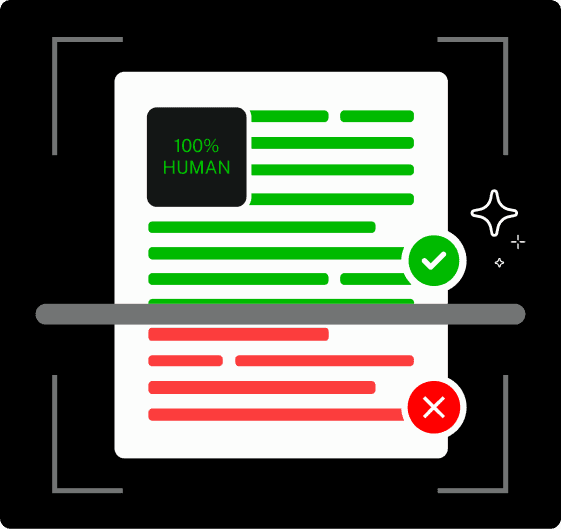
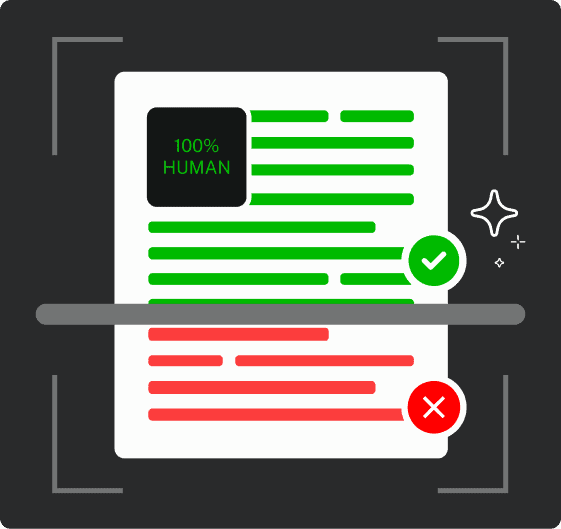
Never Worry About AI Detecting Your Texts Again. Undetectable AI Can Help You:
- Make your AI assisted writing appear human-like.
- Bypass all major AI detection tools with just one click.
- Use AI safely and confidently in school and work.
The beauty of listicles lies in their psychological appeal.
Our brains are wired to love patterns and organization. When we see a numbered list, we automatically know what to expect.
There’s a clear beginning, middle, and end. No surprises, no confusion.
What Makes an Article a “Listicle”
Not every article with bullet points qualifies as a listicle.
There are specific characteristics that define the format:
- Clear numerical or sequential structure. Whether it’s “7 Tips” or “The Ultimate Guide to 15 Essential Tools,” the number creates an expectation and promise to the reader.
- Scannable formatting. Each point should be easy to identify and digest independently. Readers should be able to jump around without losing the main point.
- Consistent depth per point. Each list item should receive roughly equal treatment. You wouldn’t want point #3 to be a single sentence while point #7 spans three paragraphs.
- Engaging introduction and conclusion. The list format is the meat, but you still need bookends that provide context and tie everything together.
- Visual hierarchy. Headers, subheaders, and formatting that guide the eye naturally down the page.
The goal isn’t just to present information in a list. It’s to make that information more accessible, memorable, and actionable than it would be in traditional paragraph form.
Types of Listicles

The listicle world is more diverse than you might think. Different formats serve different purposes and audiences.
Let’s break down the main categories you should know about.
“Top 10” and Numbered Lists
This is the classic listicle format that started it all. Think “Top 10 Movies of 2024” or “15 Best Productivity Apps for Remote Workers.”
These listicles typically rank items from best to worst, or organize them by importance, popularity, or effectiveness.
The numbered format creates natural curiosity. People want to know what made it to #1.
They’ll scan the list, looking for their favorites or preparing to disagree with your rankings. That engagement is content gold.
The key to successful ranking listicles is having clear criteria. Why did item #3 beat item #4? What makes your #1 pick truly superior?
Readers need to understand your reasoning, even if they don’t agree with it.
How-To Step-by-Step Listicles
These are tutorial listicles that break complex processes into manageable steps. “How to Start a Podcast in 12 Easy Steps” or “7 Stages of Launching Your First Online Business” fit this category.
Step-by-step listicles work because they eliminate overwhelm. Instead of facing a massive, intimidating task, readers see a clear path forward. Each step feels achievable, building momentum toward the final goal.
The secret sauce here is logical progression. Each step should naturally lead to the next.
Skip a crucial step or put them in the wrong order, and you’ll lose your readers faster than you can say “step one.”
Comparison and Pros/Cons Listicles
These listicles help readers make decisions by comparing options side-by-side.
“Gmail vs Outlook vs Apple Mail: Which Email Client Is Right for You?” or “5 Popular Project Management Tools: Pros and Cons” are perfect examples.
Comparison listicles serve readers who are in decision-making mode. They’ve identified a need but aren’t sure which solution to choose.
Your listicle becomes their research shortcut.
The trick is staying objective. Even if you have a clear favorite, present each option fairly. Let readers draw their own conclusions based on their specific needs and priorities.
Curated Resource and Tool Listicles
Think “25 Free Design Tools Every Marketer Should Know” or “The Ultimate List of Writing Resources for Bloggers.” These listicles aggregate valuable resources, saving readers hours of research time.
Resource listicles establish you as someone who knows the landscape.
You become a trusted curator and the person readers turn to when they need recommendations in your niche.
The value here is in the curation itself. Anyone can Google “design tools,” but not everyone has the expertise to separate the wheat from the chaff.
Your editorial judgment is what makes these listicles valuable.
Benefits of Using Listicles
Why should you bother with listicles when you could write traditional articles?
The benefits are pretty compelling, both for readers and search engines.
- Improved readability. Let’s be honest: most people don’t read online content word-for-word anymore. They scan. Listicles are designed for scanning, with clear breaks and visual hierarchy that guide the eye.
- Higher engagement rates. Listicles tend to perform better on social media and get more shares. The format feels more approachable and less intimidating than wall-of-text articles.
- Better SEO performance. Search engines love well-structured content. Listicles naturally create the kind of organized, scannable content that Google rewards. Plus, they often target long-tail keywords that people actually search for.
- Easier content planning. Once you have your list structure, you know exactly what to write. No staring at blank pages, wondering where to start. Each point gives you a clear mini-goal.
- Versatility across platforms. Listicles work everywhere. Blog posts, social media carousels, email newsletters, video scripts. Create once, adapt everywhere.
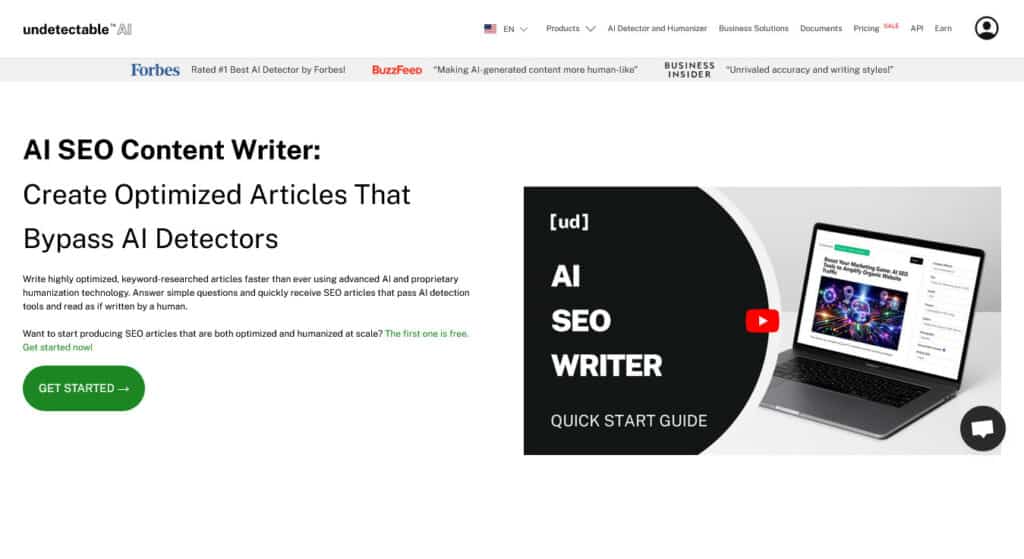
If you’re looking to create optimized listicles at scale, tools like Undetectable AI’s AI SEO Writer can help streamline the process while ensuring your content hits all the right search engine signals.
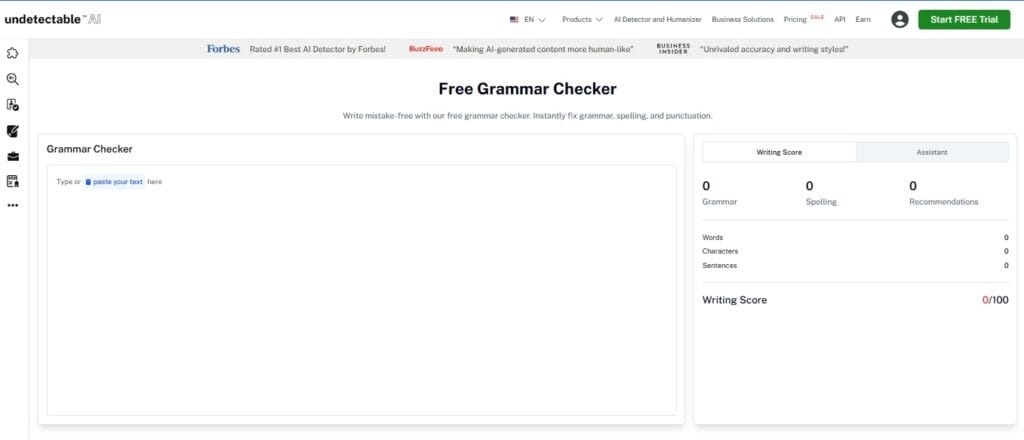
And once you’ve got your draft, our Grammar Checker ensures your listicle maintains clarity and polish throughout.
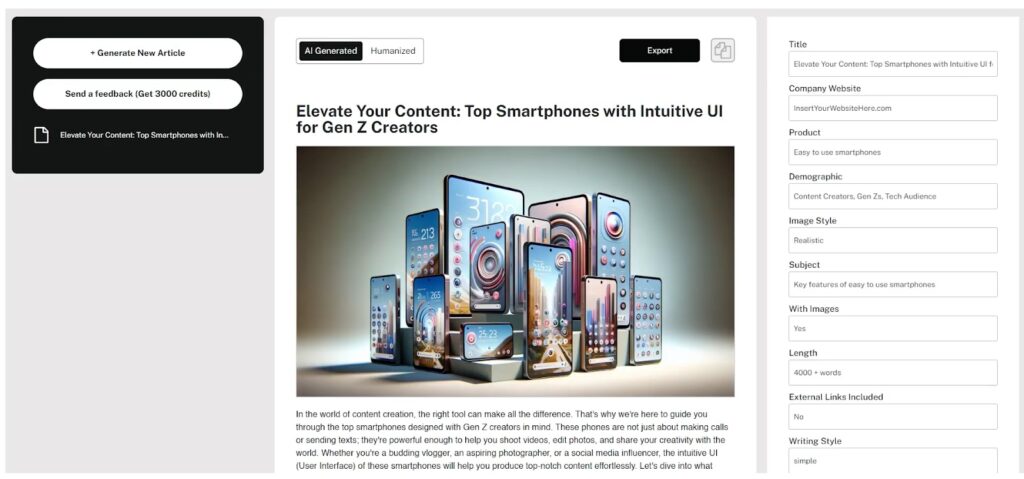
The combination of a reader-friendly format and search engine optimization best practices makes listicles a smart choice for content creators who want maximum impact with their writing efforts.
Best Practices for Writing Effective Listicles
Creating listicles that actually deliver value requires more strategy than you might think.
Here’s how to do it right.
- Start with a compelling headline. Your headline needs to do two things: set clear expectations and create curiosity. “10 Productivity Tips” is boring. “10 Productivity Hacks That Actually Work (According to Science)” is much more interesting.
- Choose the right number. Odd numbers often perform better than even ones. Seven feels more authentic than ten. But don’t force it. If you have five strong points, don’t add three weak ones just to hit eight.
- Lead with your strongest points. Most readers won’t make it to the end of your list. Put your best material upfront. Hook them early, then maintain that quality throughout.
- Use consistent formatting. Each list item should follow a similar structure. If point #1 has three paragraphs and an example, point #2 should have roughly the same depth and format.
- Add context and examples. Don’t just state facts. Explain why each point matters and how readers can apply it. Real examples make abstract concepts concrete.
- Include visuals when possible. Screenshots, infographics, or even simple bullet points break up text and make your listicle more visually appealing.
- Write smooth transitions. Even though it’s a list, you still want flow between points. Brief transitions help readers move naturally from one item to the next.
If you’re using AI tools to help create your listicles, consider running your final draft through Undetectable AI’s AI Humanizer.
That way, your AI-generated content will sound natural and authentic, maintaining the conversational tone that makes listicles so effective.
The goal isn’t just to present information in list format but to create an experience that feels valuable and engaging from start to finish.
Listicles in SEO and Marketing
Listicles aren’t just reader-friendly. They’re also search engine gold when created with intention.
Here’s why they perform so well and how to maximize their SEO potential.
Why Google Rewards Well-Structured Listicles
Search engines love organized content.
Listicles naturally create the kind of clear structure that algorithms can easily understand and index.
Each numbered point becomes a potential snippet or featured result.
The hierarchical structure of listicles matches how search engines parse information.
Headers, subheaders, and numbered lists all provide clear signals about content organization and relevance.
Google also rewards content that matches user intent. When someone searches “best email marketing tools,” they want a comparison or ranked list.
A well-crafted listicle delivers exactly what they’re looking for.
Featured Snippets and “People Also Ask” Opportunities
Listicles are featured snippet magnets.
The format makes it easy for Google to extract relevant information and display it directly in search results.
Your “5 Benefits of Email Marketing” could become the answer to someone’s query without them even clicking through.
The “People Also Ask” section is another opportunity.
Listicles often generate related questions that Google displays, giving you multiple chances to appear in search results thanks to a single piece of content.
To maximize these opportunities, structure your listicles with clear, question-answering headers.
Instead of “Point #3,” use “Why Email Marketing Drives Higher ROI.” Make it easy for search engines to understand what each section addresses.
How Listicles Boost Internal Linking
Listicles create natural opportunities for internal linking. Each point in your list might connect to a more detailed article on that specific topic.
This helps search engines understand your site structure and keeps readers engaged with your content longer.
The key is making internal links feel natural and valuable. Don’t just link for the sake of linking.
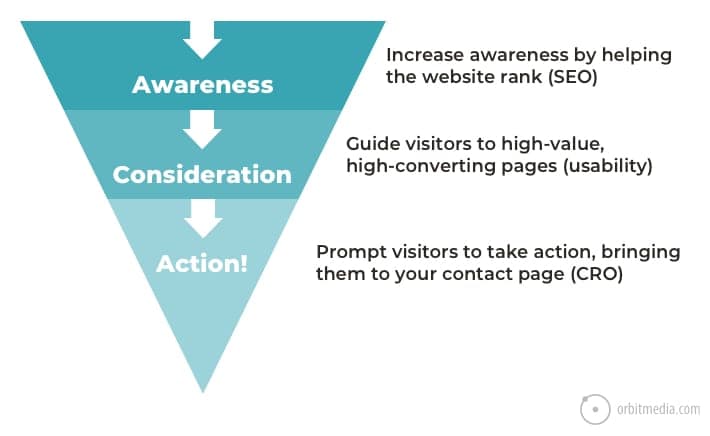
Each link should provide genuine additional value to readers who want to dive deeper into a particular topic.
Real-World Examples of Listicles
Let’s look at some effective listicles to see these principles in action.
These examples from the Undetectable AI blog showcase different approaches to the format:
- “The Ultimate List of Common AI Words and Their Uses” demonstrates the resource listicle approach. It curates essential AI terminology that readers need to understand, positioning the author as a knowledgeable guide in a complex field. The value is in the curation and clear explanations.
- “Top Content Creation Examples To Inspire Your Strategy“ shows how to structure a how-to style listicle with practical examples. Each point builds on the previous one, creating a comprehensive guide that readers can follow step by step.
- “Surfer SEO Alternatives: Top Picks Compared” exemplifies the comparison listicle format. It evaluates different options objectively, helping readers make informed decisions based on their specific needs and budgets.
- “How to Write a College Essay: Step by Step + Examples“ combines step-by-step instructions with practical tips. The listicle format makes what could be an overwhelming topic feel manageable and achievable.
Each of these examples succeeds because they provide genuine value while maintaining the scannable, accessible format that makes listicles so effective.
They organize it in a way that serves the reader’s goals, rather than simply spelling them out.
Access our trusted AI Detector and Humanizer using the widget below.
Beyond the Bullet Points
Listicles show no signs of fading anytime soon.
With attention being in short supply, they deliver what readers crave: quick, organized, and valuable insights.
The secret isn’t the format itself, but using it to make complex ideas clear, comparisons easy, and resources useful. Listicles respect your readers’ time and keep them coming back.
Start with one strong listicle, measure the response, refine, and repeat.
Before long, you’ll have content that doesn’t just get clicks but gets read, shared, and remembered.
Want to create listicles that actually work?
Undetectable AI has the tools to help you write, refine, and humanize content that stands out.
